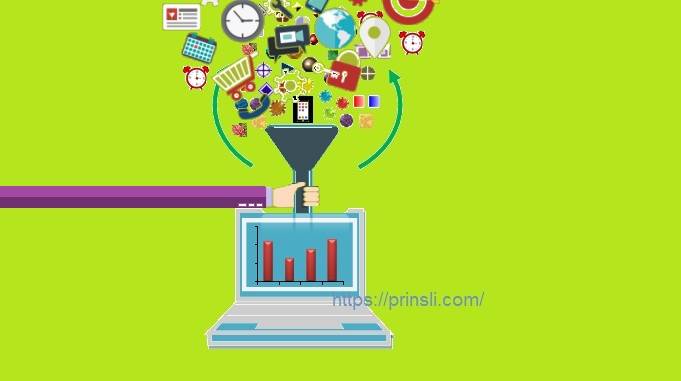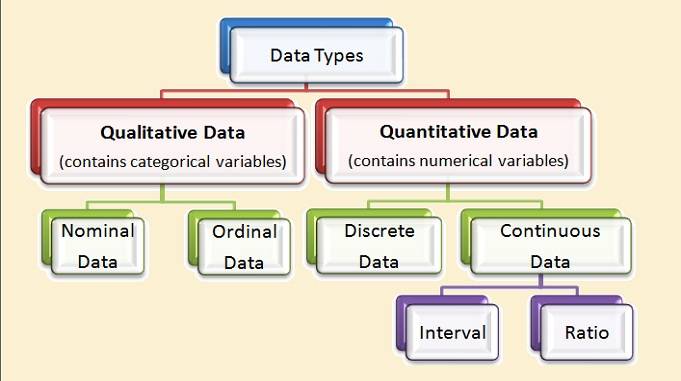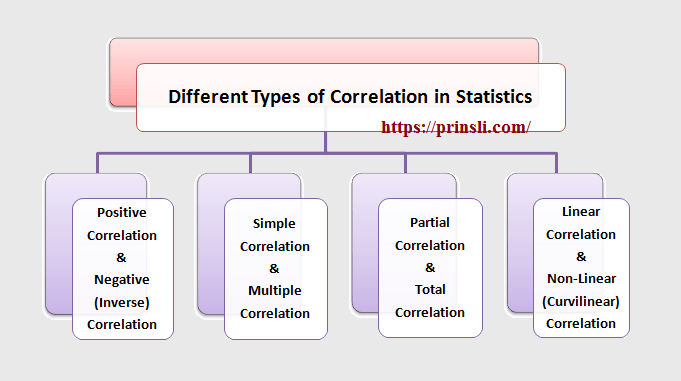
Types, Sources & Methods of Data Collection:
In this article, we discuss the types, sources and methods of data collection.
Collection of Data:
The collection of data is the first step in any inquiry (investigation) and for every study and research. The process of acquiring and measuring information on targeted variables (variables of interest) in a systematic manner is known as data collection. It allows you to answer specific research questions, test hypotheses, and assess results.
Data collection is a difficult task. The enumerator, also known as an investigator, is a well-trained person who collects statistical data. The respondents are the individuals from whom the data is collected. Data is available from three important sources, namely:
- Primary Sources
Primary sources contain raw data as well as first-hand evidence. Direct personal interviews, indirect oral investigations, questionnaires, telephonic interviews, etc. are the primary sources for data collection.
- Secondary Source
Secondary sources contain information and opinions given by other researchers. Government & Semi-government publications, Census of India, etc. are the secondary sources for data collection.
- Internal Records
Internal records are information about a company collected within the company. Accounting records such as employee earnings from a payroll, sales numbers from a sales journal, and the amount of raw materials, etc., are the internal records for data collection.
We can either have primary data or secondary data or internal data depending on the source.
Types of Data Collection:
There are three types of data collection:
1. Primary Data:
Primary data is a type of data that researchers collect directly from original sources through interviews, surveys, experiments, etc. Primary data is generally collected directly from the source from which the data originated, and is considered the best type of data in research and study. There are mainly two ways to collect primary data:
- Questioning, and
- Observation.
2. Secondary Data:
Secondary data is a type of data that has already been obtained from primary sources and which researchers can use readily for their own research. To put it another way, secondary data is research data that has already been obtained and is available to researchers. The term is in contrast to primary data, which is data acquired directly from its source.
Secondary data is used when an investigator uses information that has already been collected by others. Secondary data can be collected via government publications, publications of research organisations, professional associations, journals, reports, trade and so on. The investigator should consider the following factors before using secondary data:
- Whether the data is appropriate for the investigation.
- Whether the data is acceptable (sufficient) for the investigation’s objective.
- Whether the data is trustworthy.
Read more about Secondary Data
3. Internal Data:
Internal data is information, statistics and trends, discovered by firms through their operations. In this data, facts and figures collected by companies from internal information, customers, decision-making, software, and reports are included. Internal data are information about an organisation collected from primary sources within the organisation. For example, an HR report on turnover and recruitment, or financials from accounting or finance.
Internal data is part of a specific brand and is not available to the general public. It is unique information that cannot be found anyplace else. Internal data that originates in the process of keeping records, such as employee earnings from a payroll, sales numbers from a sales journal, and the amount of raw materials, can be used in statistical analysis of various business problems. Hence, the accounting records held by most businesses are the primary sources of internal data.
(Source – Various books from the college library)
Tags: Data collection, Primary data collection methods, Secondary data collection methods, What is data collection, Types of data collection, Different methods of data collection, Primary sources of data collection, What are the methods of data collection, types of data collection methods, sources of data collection, types and sources and method of data collection
Copyrighted Material © 2019 - 2024 Prinsli.com - All rights reserved
All content on this website is copyrighted. It is prohibited to copy, publish or distribute the content and images of this website through any website, book, newspaper, software, videos, YouTube Channel or any other medium without written permission. You are not authorized to alter, obscure or remove any proprietary information, copyright or logo from this Website in any way. If any of these rules are violated, it will be strongly protested and legal action will be taken.




Be the first to comment